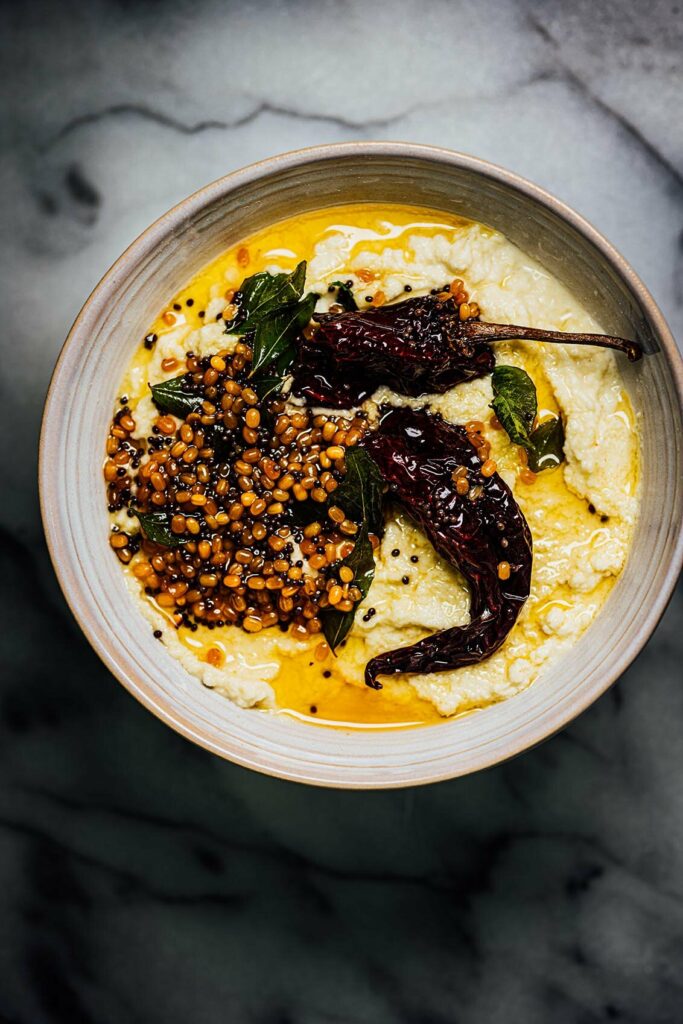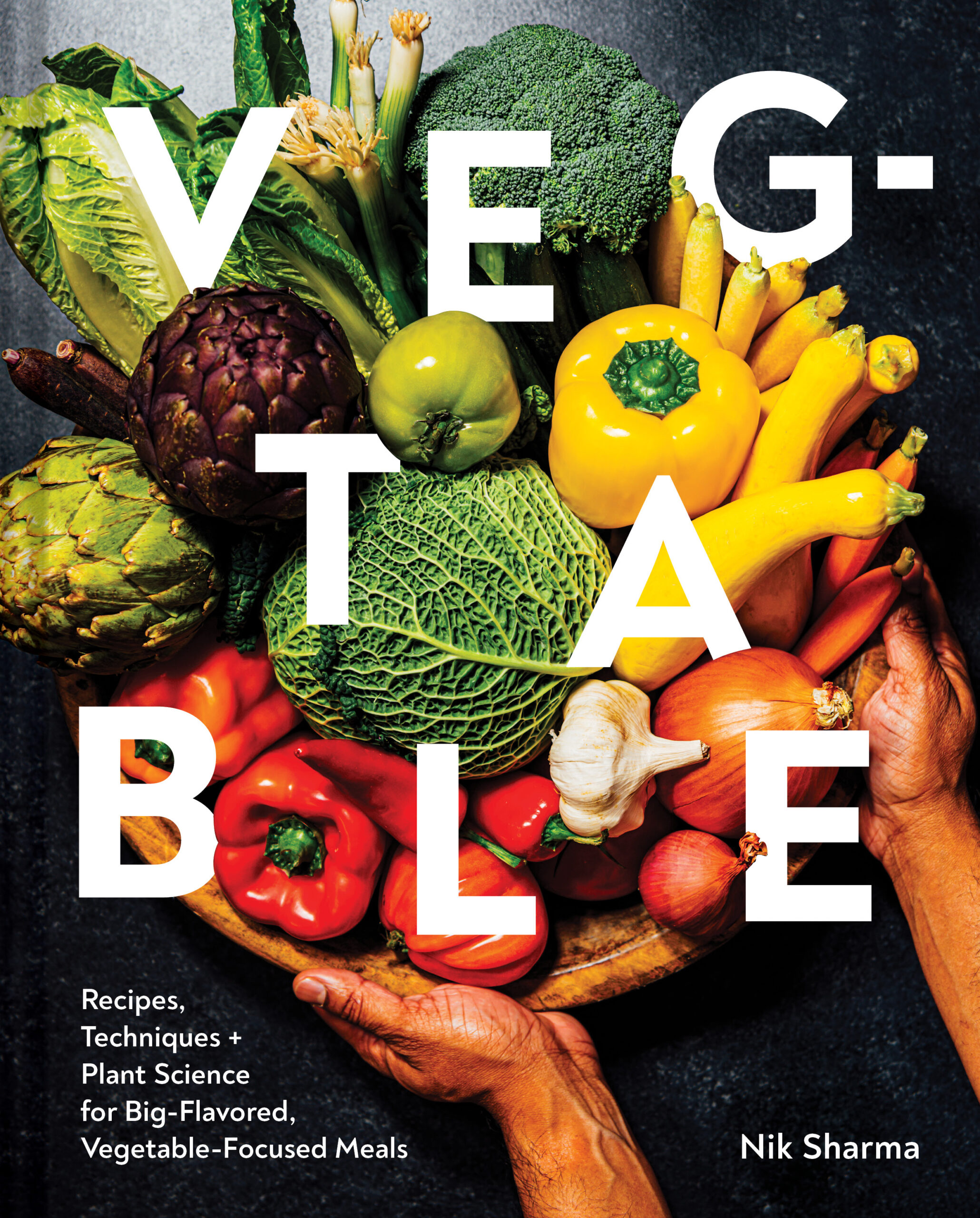


When I think of my favorite dishes from South India, dosa, sambar, and coconut chutney quickly pop to mind. This is the perfect meal that you can eat for breakfast, lunch, or dinner.
The Perfect Dosa
With flour being a hard-to-find commodity right now, this is rice’s moment. Dosas can be traditionally eaten with sambhar and condiments like coconut chutney. I will update this post with recipes for them later this week but I want to make sure you don’t tie yourself to thinking it must be eaten with only these dishes. Dosas are versatile, they’re a vehicle and you can and should eat them as you would any savory bread, flatbread, or rice. (This is the updated version to my previous dosa posts, now that I have a lot more experience making it at home, I felt it was time to revisit and update. hence the dosa 2020
coconut chutney/thengai
Just like dosas, there are a variety of coconut chutneys (as well as other accompaniments and condiments) with a thousand variations that might differ in how they’re made and the ingredients. This is a version I make at home, called thengai chutney (I take a few liberties with it and traditionalists might scoff a little but it works well). You will need fresh or frozen unsweetened coconut (Indian stores carry them in the frozen section) to prepare it, desiccated coconut (even when reconstituted with hot water) never gives the same pleasant mouthfeel.
Sambar, How to Make South Indian Sambar
Sambar is one of the quintessential stews in South Indian cuisine, eaten with foods like dosas, idlis, or plain rice. One of the reasons I love this aromatic stew is that it is extremely versatile; you can add almost any type of vegetable to it. I’ve also eaten versions of sambar in India, where shrimp or fish are added.
On a side note, this recipe demonstrates how pH changes occur during cooking using turmeric. Watch how the color will switch from yellow to red and then back to yellow during cooking. Curcumin, the pigment in turmeric, is sensitive to changes in pH and turns red in alkaline environments, which the baking soda provides.




